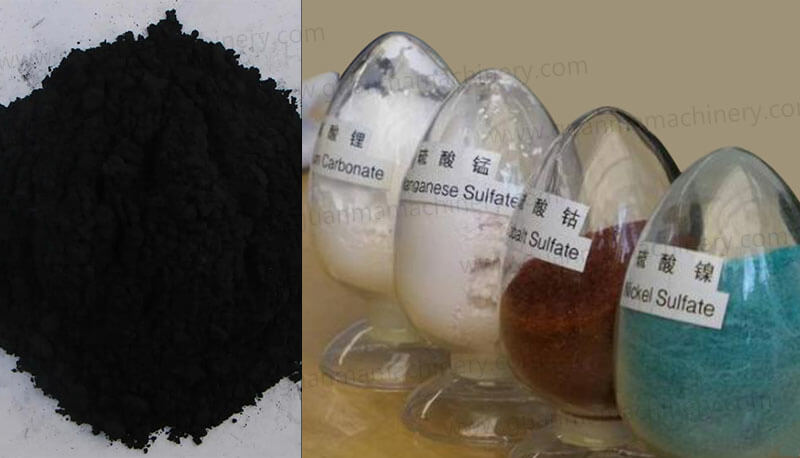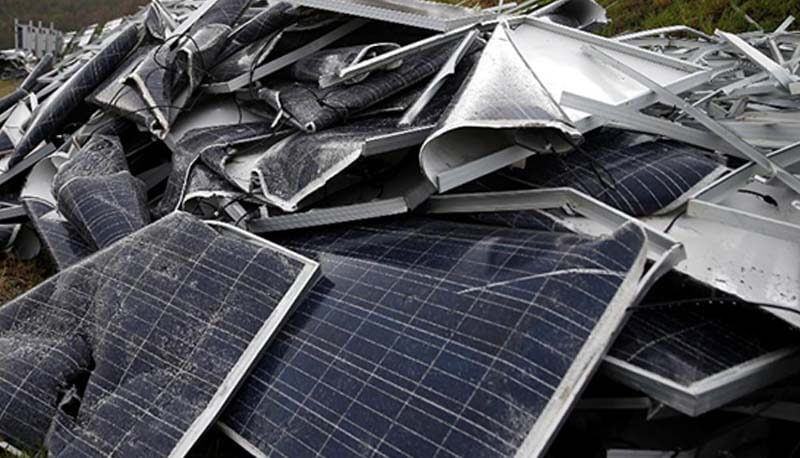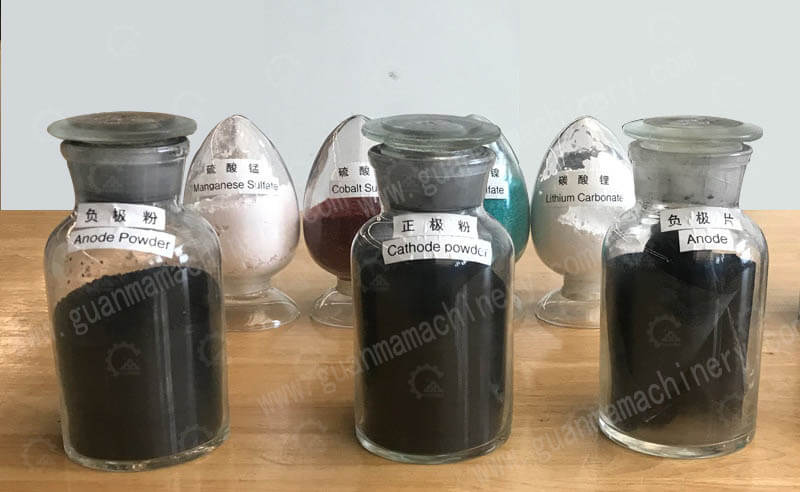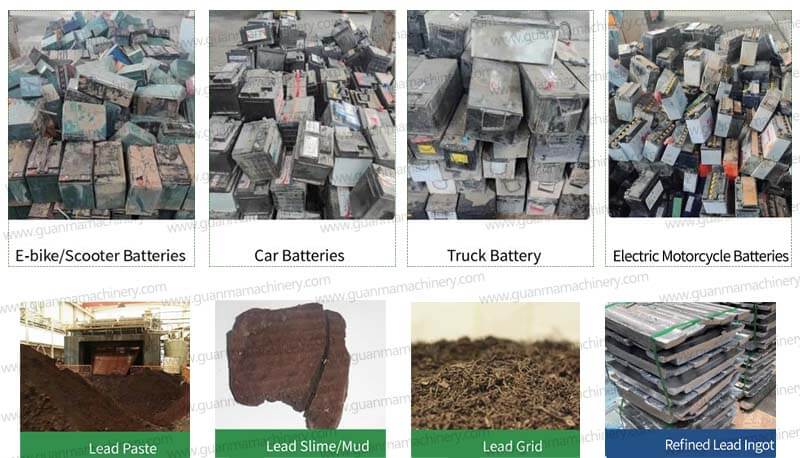Black Mass Battery Recycling Introduction
In the rapidly evolving world of battery recycling, you might have heard the term “black mass.” But what exactly is black mass, and why does it matter in the context of battery recycling? Simply put, black mass is the byproduct of recycling spent lithium-ion batteries. It’s a dense, dark powder that contains a wealth of valuable metals, such as lithium, cobalt, nickel, and manganese. These materials are in high demand due to their essential roles in modern electronics, electric vehicles, and renewable energy systems. But beyond its economic significance, black mass plays a crucial part in driving the circular economy by reducing the need for mining and ensuring more sustainable resource usage.
Understanding Black Mass
What is Black Mass?
Black mass is a mixture of metals and other compounds that form when lithium-ion batteries are broken down during the recycling process. It is the “essence” of battery recycling, containing metals such as lithium, cobalt, nickel, and manganese, which are essential for manufacturing new batteries. The term “black mass” itself refers to the dark color and dense consistency of this substance after batteries are processed, primarily through mechanical and chemical means.
Chemical Composition of Black Mass
The chemical composition of black mass varies depending on the type of battery being recycled, but it generally contains:
Lithium (Li): A key metal for rechargeable batteries.
Cobalt (Co): Vital for battery stability and energy density.
Nickel (Ni): Used to enhance battery capacity and longevity.
Manganese (Mn): Important for improving battery safety and performance.
These metals are not only valuable but are also finite resources, making the recycling of black mass a critical part of the transition to a circular economy.
Sources of Black Mass in Battery Recycling
Black mass is primarily derived from the recycling of lithium-ion batteries, which are commonly found in consumer electronics like smartphones, laptops, and electric vehicles (EVs). As the world increasingly shifts toward electric mobility and renewable energy storage, the volume of spent batteries—and thus black mass—is expected to grow exponentially.
The Role of Black Mass in Battery Recycling
Extracting Valuable Metals from Black Mass
One of the primary reasons for recycling black mass is the extraction of valuable metals like lithium, cobalt, and nickel, which can be reused in new batteries. These metals are crucial for the continued development of energy storage systems, which are key to a sustainable future. By recycling black mass, the supply of these metals can be sustained without relying entirely on mining, which has significant environmental and ethical concerns.
Turning Black Mass into Usable Materials
The process of converting black mass into usable materials involves several stages. After black mass is collected from spent batteries, it undergoes a refining process where the valuable metals are separated and purified. This involves using advanced chemical techniques such as hydrometallurgical processes, which extract metals through chemical reactions, and pyrometallurgical methods, which use high temperatures to separate metals from other materials.
Contributing to Sustainability
The recycling of black mass helps reduce environmental harm by limiting the need for new mining operations, which are often environmentally destructive. Furthermore, by repurposing materials that would otherwise be discarded, black mass recycling contributes to a reduction in waste and pollution.
The Battery Recycling Process
Initial Stages: Collection and Sorting
Battery recycling begins with the collection and sorting of used or discarded batteries. Different types of batteries (e.g., lithium-ion, lead-acid) need to be sorted to ensure that they are processed correctly. Once sorted, the batteries are dismantled to separate their components.
Dismantling and Mechanical Processes
The next step involves breaking down the batteries into smaller parts. This is typically done through mechanical processes, such as shredding or crushing, to extract the core materials. The shredded material is then sent to specialized plants where black mass is extracted.
Extracting Black Mass from Used Batteries
Once the batteries are shredded and crushed, the remaining materials are processed to isolate black mass. This material is then subjected to further refining processes to recover valuable metals like lithium, cobalt, and nickel.
Methods for Extracting Black Mass
Mechanical Processes
Mechanical extraction methods are commonly used to break down batteries into their core components. These methods include crushing, shredding, and sorting the materials, which allows for the separation of black mass from other substances.
Chemical Leaching Techniques
Chemical leaching involves using solvents to dissolve certain metals in black mass, making it easier to extract valuable materials. This process can be highly efficient but requires careful management of chemicals to prevent environmental contamination.
Hydrometallurgical Methods
Hydrometallurgy is another technique for extracting metals from black mass. It involves the use of water-based solutions to extract and purify the metals. This method is more sustainable than traditional mining and offers a cleaner, less toxic alternative.
Conclusion
In conclusion, black mass is an essential component of battery recycling, containing valuable metals like lithium, cobalt, nickel, and manganese. The recycling of black mass not only provides these metals for the production of new batteries but also plays a crucial role in reducing environmental impact and supporting the transition to a circular economy. As technology continues to evolve, the efficiency and profitability of black mass recycling will improve, making it an even more critical part of sustainable manufacturing and resource management.





